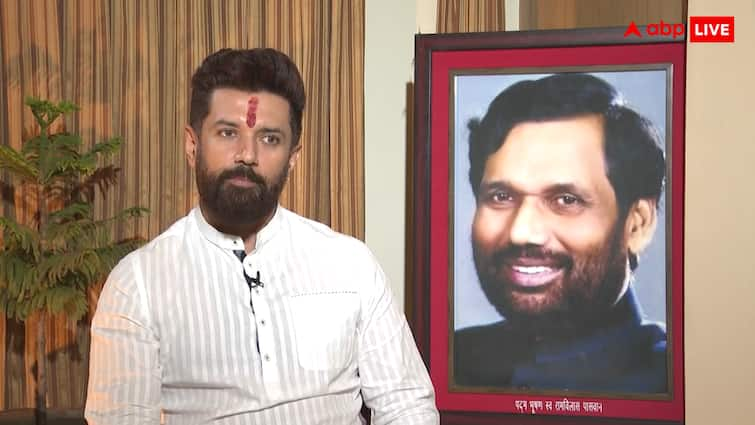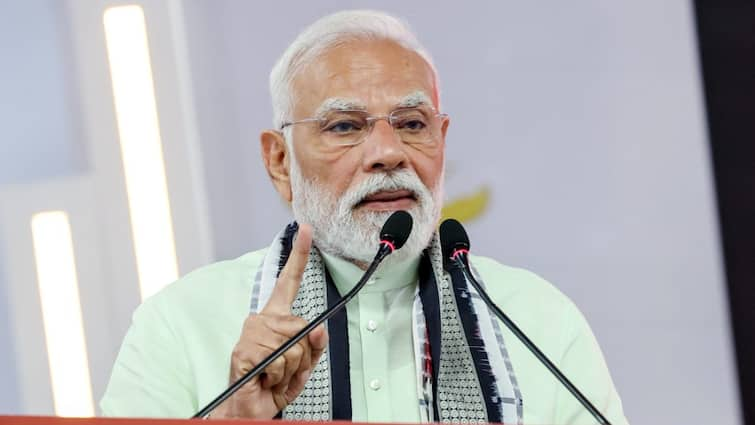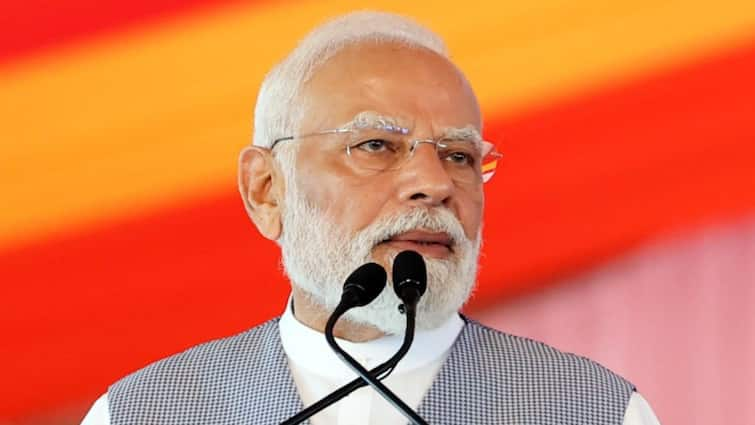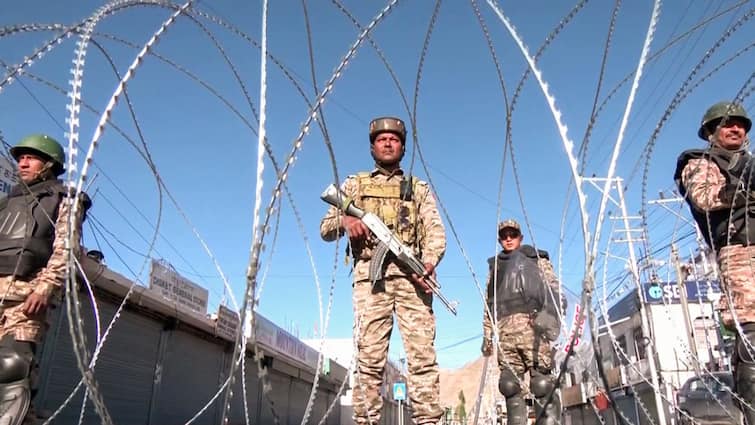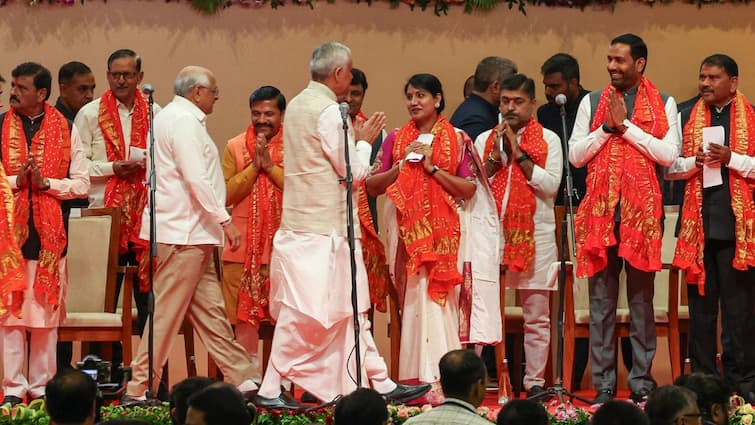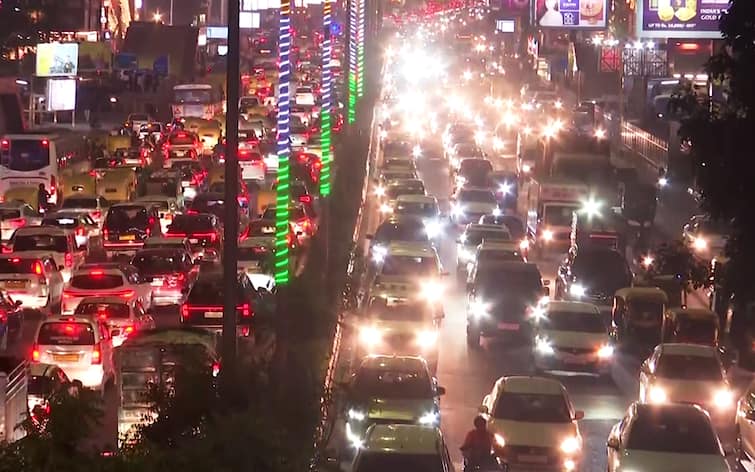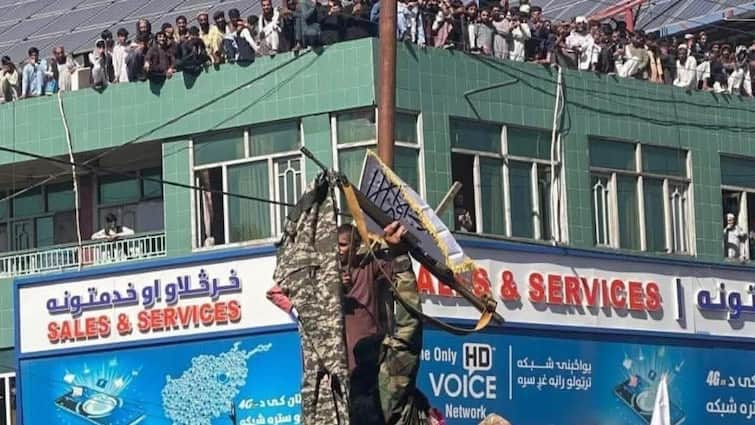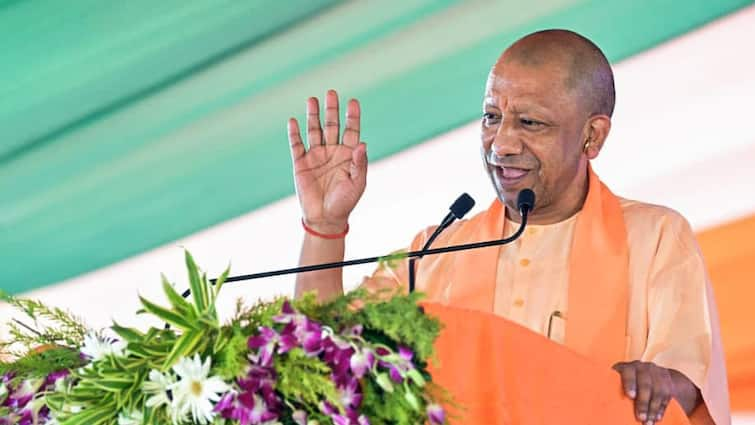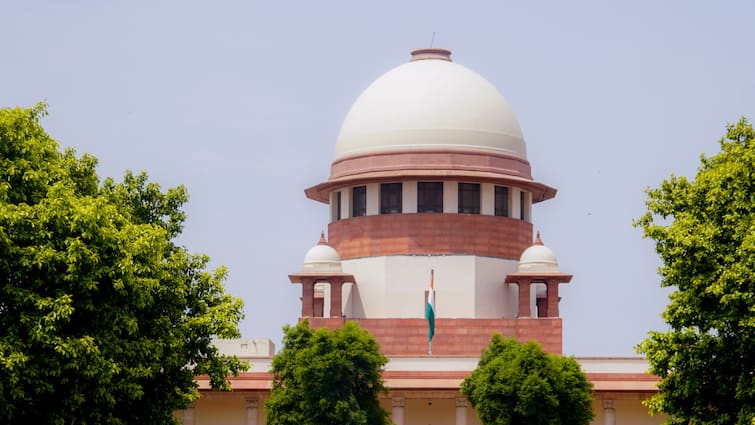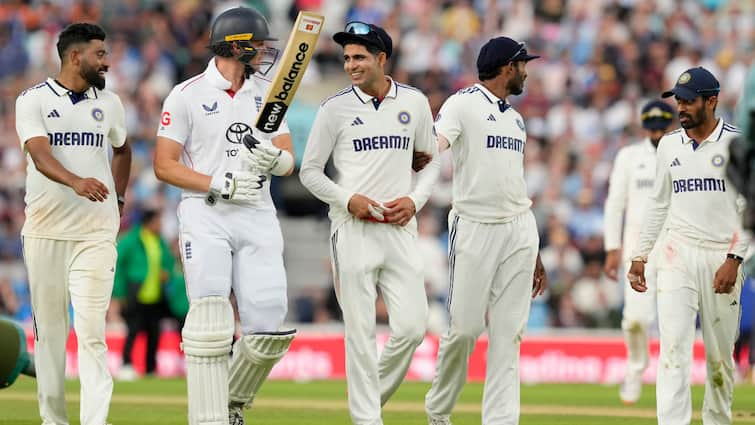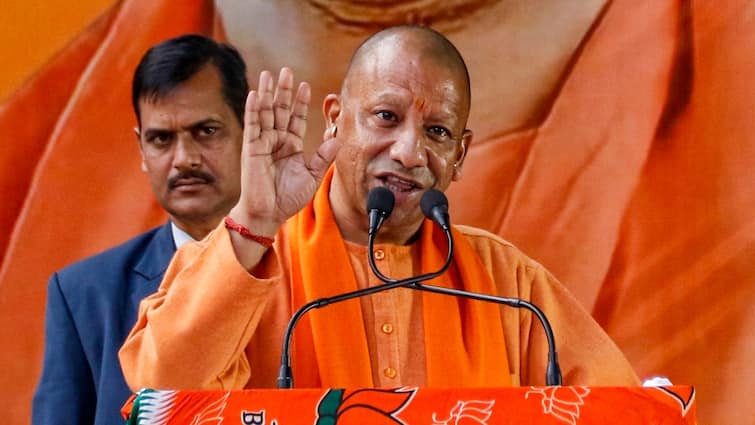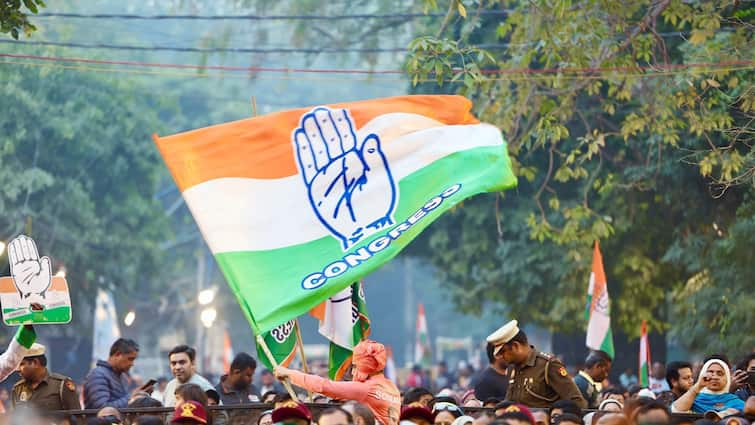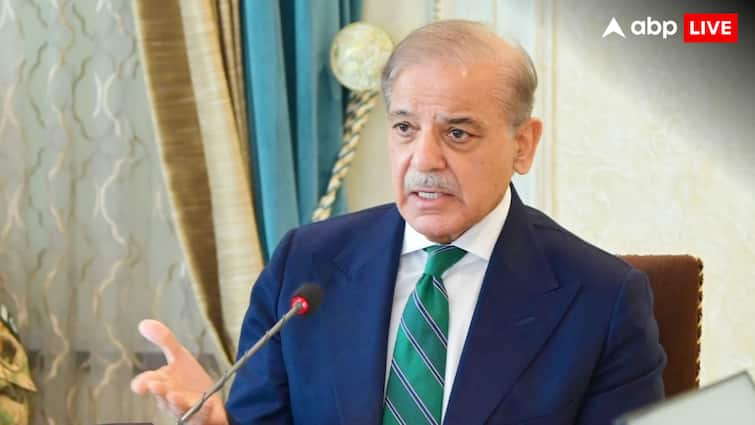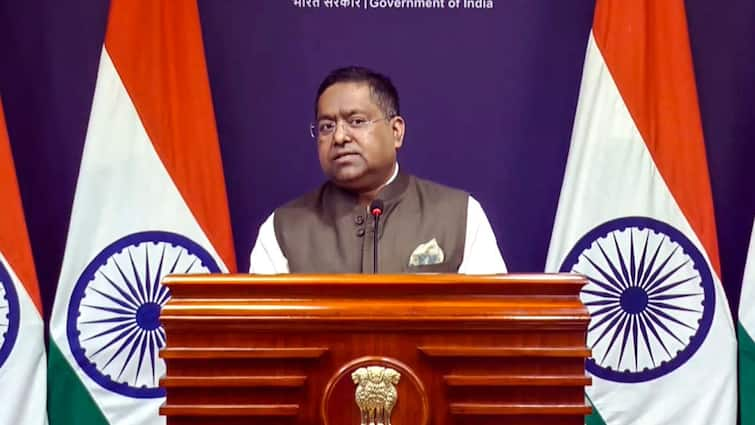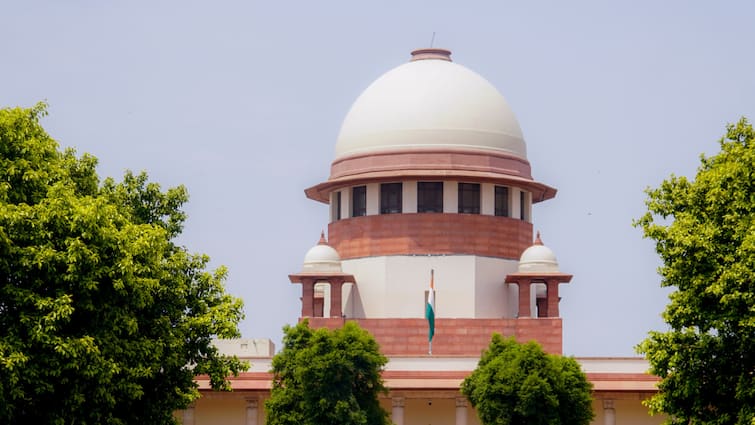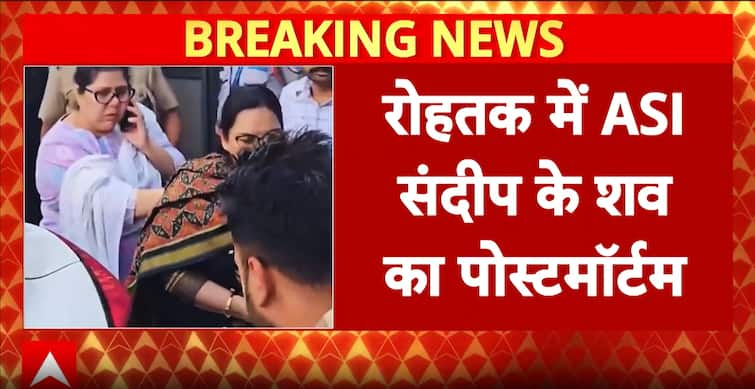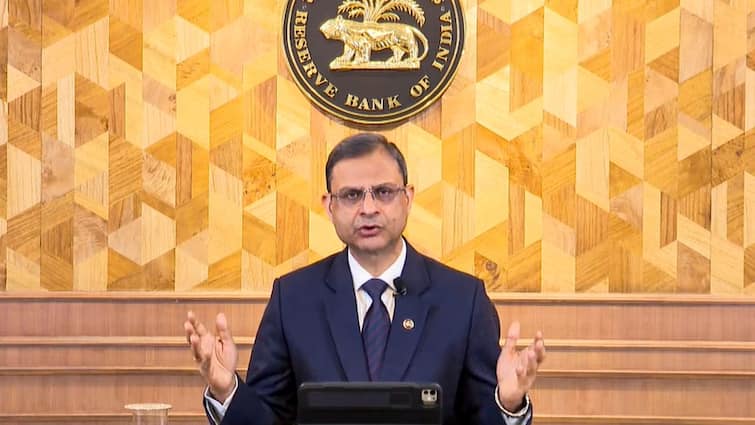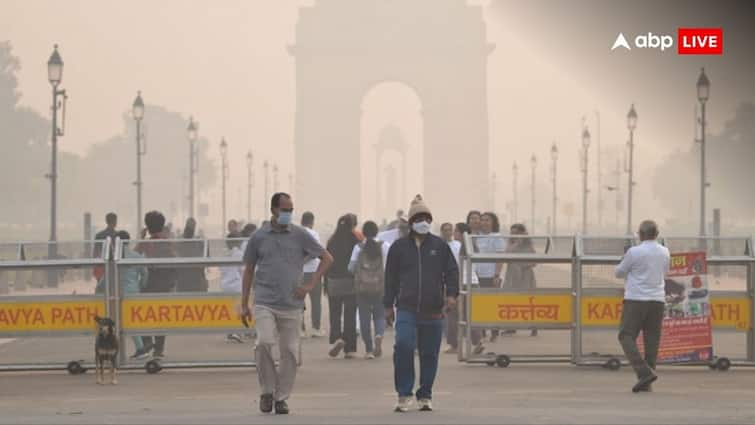
As the festival of lights draws near, Delhi and its surrounding cities are facing a darker reality — rising pollution. This morning, the Air Quality Index (AQI) near Akshardham touched 230, placing it firmly in the ‘poor’ category, according to the Central Pollution Control Board (CPCB).
Other key spots in the city are faring no better. Around Jawaharlal Nehru Stadium and the Barapullah Bridge, the AQI soared to 252, signalling deteriorating air conditions.
Neighboring NCR cities are also struggling. Ghaziabad recorded a ‘very poor’ AQI of 306, the worst in India on Friday. Noida (278) and Gurugram (266) joined Delhi in the ‘poor’ air quality bracket, while Faridabad remained relatively moderate at 105.
#WATCH | The Air Quality Index (AQI) around Akshardham was recorded at 230, in the ‘Poor’ category, in Delhi this morning as per the Central Pollution Control Board (CPCB). pic.twitter.com/SghWlgeocY
— ANI (@ANI) October 18, 2025
Friday’s data painted a stark picture: Delhi-NCR dominated India’s top 10 most polluted cities, with Ghaziabad at the forefront.
Hotspots Across Delhi
Out of Delhi’s 38 monitoring stations, five reported ‘very poor’ air quality. Anand Vihar topped the list with a staggering AQI of 382, followed by Wazirpur (351), Jahangirpuri (342), Bawana (315), and Siri Fort (309).
CPCB classifies AQI readings from 201 to 300 as ‘poor’ and 301 to 400 as ‘very poor’. Authorities have urged residents to limit outdoor exposure and take necessary precautions as pollution levels continue their upward trend.
#WATCH | Visuals from the Barapullah Bridge as the Air Quality Index (AQI) stands at 252 around the Jawaharlal Nehru Stadium area as per the Central Pollution Control Board (CPCB). pic.twitter.com/oUCjPBcWSE
— ANI (@ANI) October 18, 2025
The weather is offering no relief. On Friday, Delhi recorded a minimum temperature of 18.4°C, slightly below the seasonal average of 19.6°C. Relative humidity stood at 74% at 8:30 am, creating conditions that trap pollutants close to the ground.
Health Risks Beyond Breathing Discomfort
Health experts warn that the consequences of such pollution go far beyond temporary discomfort like eye irritation or breathlessness. “Almost everyone, whether or not they have asthma, will experience a sustained rise in blood pressure at these pollution levels,” said Dr. Anurag Agrawal, pulmonologist and biomedical scientist. “For those with uncontrolled hypertension or heart failure, the effects can be severe.”
Dr. Agrawal explained that prolonged exposure harms not only the lungs but also the heart and brain. “People with asthma or chronic lung conditions, such as COPD, are most vulnerable. The pollutants can cause airway constriction, choking, and difficulty in breathing,” he added.
#WATCH | Delhi | The Air Quality Index (AQI) around Akshardham was recorded at 369 this morning, in the ‘Very Poor’ category in Delhi as per the Central Pollution Control Board (CPCB). pic.twitter.com/aPVJ2SZ9ID
— ANI (@ANI) October 17, 2025
On the ground, the city is taking visible measures to combat rising pollution. Images from India Gate showed water sprinklers mounted on trucks, attempting to settle dust in the air. Yet, with Diwali just days away, pollution remains a pressing concern.
Delhi-NCR Ranks Among India’s Most Polluted
By Friday afternoon, Delhi’s AQI hovered around 284, with early-morning readings hitting 367. Anand Vihar recorded the highest AQI at 370, followed by Wazirpur (328) and Jahangirpuri (324). Many areas across the capital reported AQI above 200, confirming that the city’s air has officially turned ‘poor’.
The AQI scale ranges from Good (0–50) to Severe (401–500). For five consecutive days, Delhi’s air has lingered in the ‘poor’ category, reflecting a worrying trend as festival celebrations loom.
#WATCH | Delhi | The Air Quality Index (AQI) around India Gate was recorded at 220 this morning, in the ‘Poor’ category in Delhi as per the Central Pollution Control Board (CPCB). pic.twitter.com/fq2rYSBo6h
— ANI (@ANI) October 17, 2025
Meanwhile, Ghaziabad’s AQI of 306 remained the nation’s worst, while Noida (278) and Gurugram (266) continued to struggle in the ‘poor’ range. Faridabad, comparatively, stayed in the ‘moderate’ bracket at 105, providing a slight reprieve for its residents.
Doonited Affiliated: Syndicate News Hunt
This report has been published as part of an auto-generated syndicated wire feed. Except for the headline, the content has not been modified or edited by Doonited




